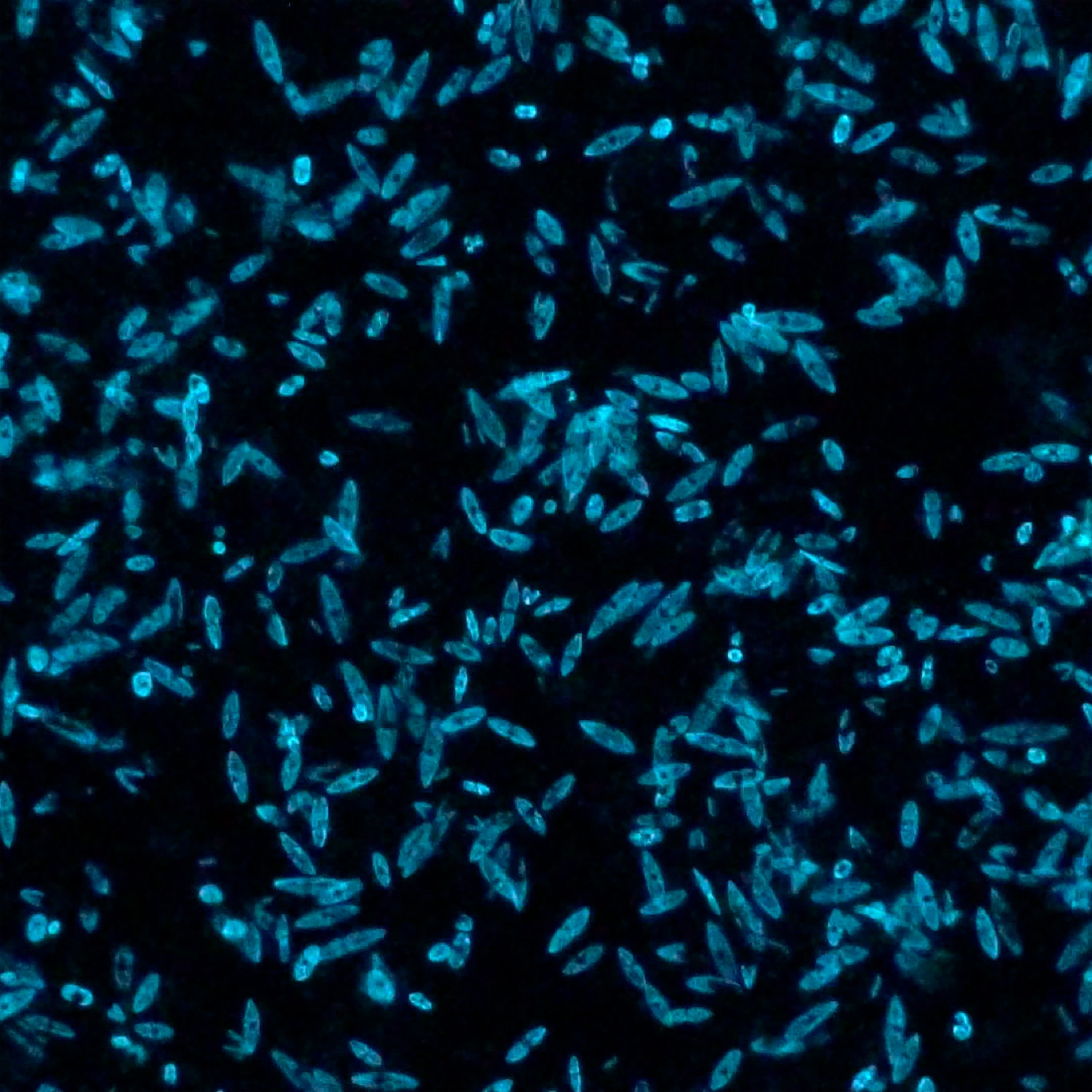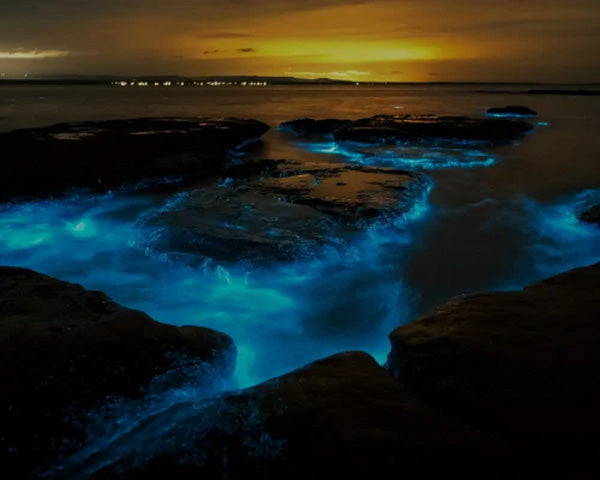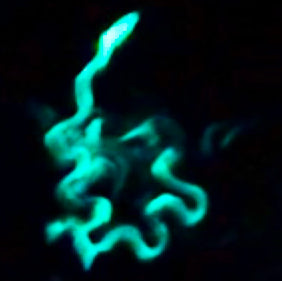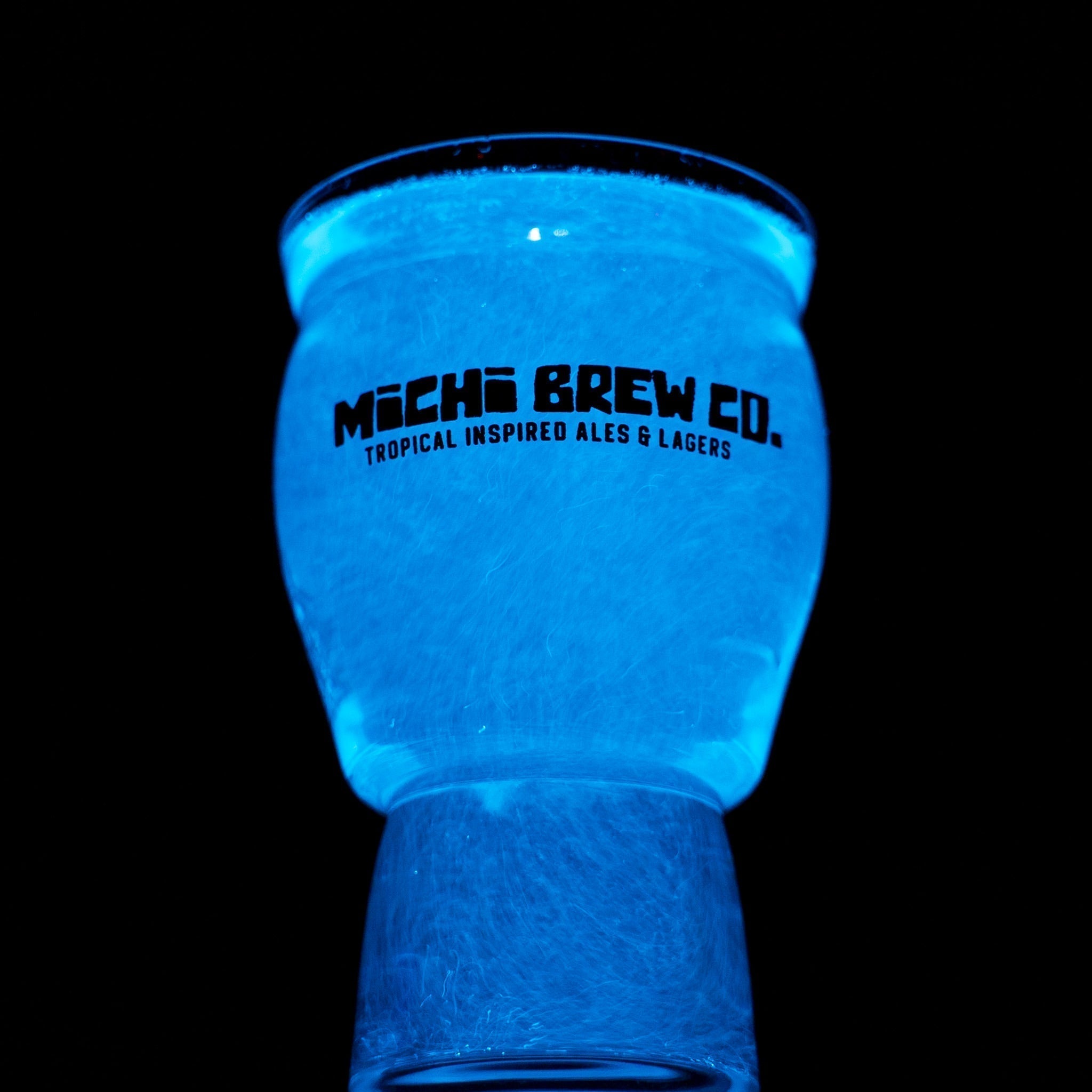The Life Cycle and Lifespan of PyroDinos

PyroDinos (Pyrocystis fusiformis) and their dinoflagellate relatives are extremely ancient—over 200 million years old, with fossil evidence showing dinoflagellate cysts dating back to the Triassic Period.
Some researchers even trace their evolutionary lineage further back to over 400 million years ago, making them older than many modern marine life forms. That means PyroDinos have been drifting in Earth’s oceans since before the rise of dinosaurs, surviving multiple mass extinctions and major climate shifts.
In other words — these tiny glowing plankton are prehistoric light artists that have been painting the oceans long before humans ever set foot on land.

If you’ve ever seen a wave crash and flash bright blue in the dark, you’ve witnessed one of nature’s most magical light shows — the bioluminescence of dinoflagellates. At PyroFarms, our favorite species is Pyrocystis fusiformis, affectionately called PyroDinos. These microscopic marine algae are not only beautiful but also fascinating in how they grow, reproduce, and live out their luminous lives.
In this post, we’ll take a look at the PyroDino’s life cycle, lifespan, and what you can do to keep them thriving for as long as possible.
Stage 1: The Single Cell — A Self-Sufficient Powerhouse
Unlike animals, PyroDinos are single-celled organisms. Each one contains everything it needs to grow, photosynthesize, and even produce light. They have chloroplasts for harnessing sunlight during the day and specialized organelles called scintillons for creating that signature blue glow at night.

Stage 2: Vegetative Growth
PyroDinos spend most of their lives in what scientists call the vegetative stage — actively growing and storing energy from photosynthesis. This is when they:
-
Absorb sunlight during the day to produce food (photosynthesis)
-
Build up luciferin and luciferase, the compounds needed for bioluminescence
-
Divide and create new cells
Under ideal conditions — stable temperature, the right salinity, and plenty of light — each cell grows larger and healthier, ready for reproduction.
Stage 3: Reproduction — Asexual Division
Pyrocystis fusiformis reproduces asexually, meaning a single cell divides to produce two identical daughter cells. This usually happens at night, after the day’s photosynthesis is complete. Over time, these divisions can lead to a stable, self-sustaining population — as long as they have nutrients and proper care.

Lifespan — Weeks, Months, or Years?
The lifespan of individual PyroDino cells is relatively short — typically a few weeks — but in a well-maintained culture, the population can live indefinitely. By regularly feeding them with DinoNutrients and keeping their environment stable, you can enjoy a healthy, glowing display for many months or even years.
Key factors that extend their lifespan:
-
Light – 12 hours of indirect sunlight or LED light daily
-
Temperature – 65–78°F (18–25°C)
-
Salinity – Specific gravity of 1.022–1.026
-
Nutrients – Weekly nutrient additions to optimized conditions
The Circle of Light
PyroDinos have a built-in daily rhythm known as a circadian cycle. During the day, they harvest light energy. At night, they use stored energy to produce their glow — part of a natural defense strategy against predators in the wild. Each day is a new cycle of growth, light storage, and bioluminescent display.
How Long Will My PyroDinos Glow?
If cared for properly, your PyroDino culture will continue glowing nightly for many months. Over time, you can “refresh” your culture by introducing new PyroDinos or by carefully splitting a healthy culture into new containers, ensuring the population stays robust. PyroFarms has been growing the same PyroDino culture for several years.
Bottom Line:
PyroDinos live fast, glow brightly, and — with a little help — can keep their luminous display going for a long time. Their life cycle is a beautiful blend of science and wonder, making them a perfect example of how even the smallest life forms can bring magic into our homes.
💡 Pro Tip: Want to keep your PyroDinos glowing strong? Check out our Care Guide for tips on lighting, feeding, and long-term culture health.



Comments